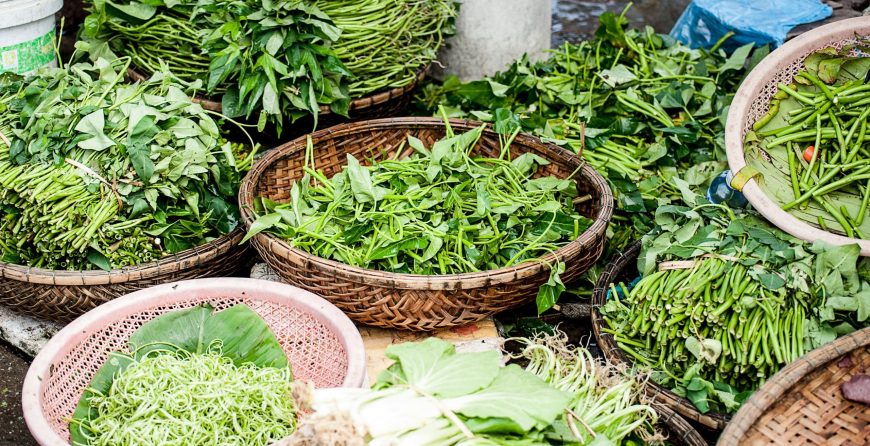Thanks to the ever-growing popularity of succulents, many people are starting to grow their own DIY herbal garden indoors.
Culinary herbs are gaining popularity again because they’re easy to grow, require little sunshine, and can be easily started in a windowsill. If you’re one of the many Iowans that’s thought about starting your own organic vegetable garden but you’re not sure where to begin, herb gardens are a great way to get your feet wet.
Today, we’re looking at some tips and tricks to help you start an herb garden in your own home.
1.Create a space in your own home
Herbs are easy to grow because they’re not as picky as vegetables. They can be started in pots with healthy soil and a little organic fertilizer or compost. Herbs prefer to be in the ground eventually, so keep that in mind as they bloom. Some of them grow to be quite large, so leaving them in small pots forever will stifle them.
2.Pick a small space to start
Starting your herbs is easy since you only need a small space to do it. Some herbs can be grown in small pots by a windowsill, others prefer to be in a small space in the ground. We suggest planting them according to the following guidelines:
- 3-4 feet for Rosemary, Sage, Mints, Marjoram, and Oregano
- 2 feet for Basil, Tarragon, Savory, and Thyme
- 1 foot for Chives, Dill, Parsley, and Cilantro
3.Involve the whole family
Growing an herb garden isn’t quite as involved as a vegetable garden. They’re easier to layout and design, which means you can involve the whole family. Ask your kids what herbs they would like to help grow and let them help you. Keep them involved in the planting, growing, and pruning process too.
4.Use plant markers
One thing is for sure: some herbs look alike. Because it’s easy to get confused when you’re first starting, make sure to use plant markers to distinguish between your herbs. Include the species, sunlight, hydration requirements, and uses on your plant labels so you can get to know them better throughout the growing process.
Your weatherproof MCG biomarkers will stand up to the elements through the growing season and can be used repeatedly.
5.Use biomass products
Starting your own herb and organic vegetable garden is about supporting your family but it’s also about supporting the environment. When you choose MCG biomarkers over those made with synthetic materials, you’re choosing something that was made out of recently living organisms. (The BD-BM900 series are made with a blend of natural and synthetic biodegradable polymers, which pass industry standards for composting).
Biomass, oat and rice hulls, and in our case, we use corn cob fibers, is a sustainable and renewable resource. Made out of agriculture waste by-products right here in the heart of Iowa, MCG biomarkers help you lower your carbon footprint and establish an organized herbal garden.
6.Apply organic fertilizers
All culinary herbs require sunlight, water, and good soil to grow successfully. Creating your own compost from organic materials is a great way to create healthy soil that will help your herbs flourish. Consider using organic fertilizers such as worm castings to build your soil up with healthy, natural materials.
Conclusion
Starting your first herb garden is like beginning a new adventure. Once your herbs start to flourish, harvest them often as this will encourage them to produce even more. Don’t forget to taste test them as they grow! Make your own cream cheese spreads or sprinkle them on your scrambled eggs to see which ones you and your family prefer!



Great post and right to the point. I am not sure if
this is really the best place to ask but do
you guys have any thoughts on where to hire some professional writers?
Thank you 🙂 Escape roomy lista